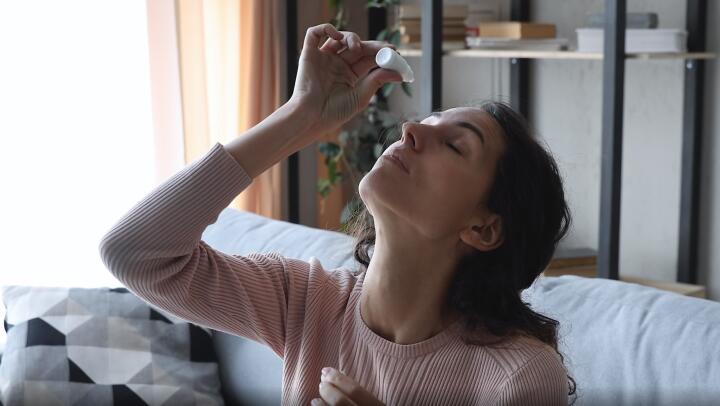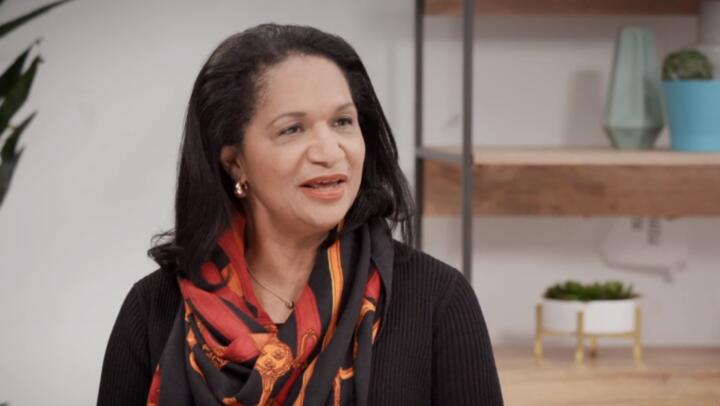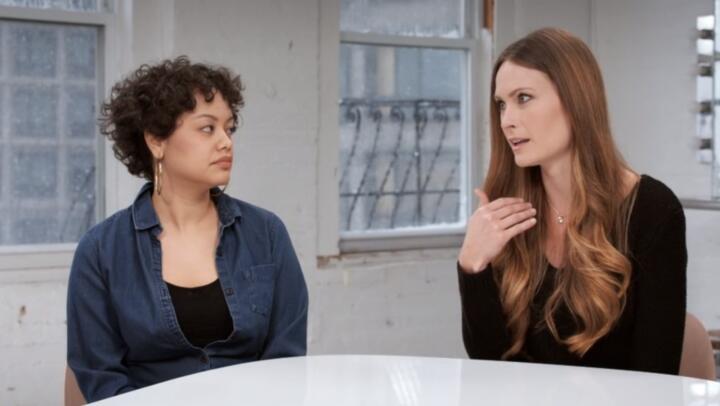
Stye (medical term ‘hordeolum’) is one of the most common eyelid disorders diagnosed every year. These bumps on the eyelid can occur on the inside or outside of the lid, but they most frequently develop along the lash line. Usually, you can safely treat a stye at home. But because a stye is an infection, you should know when to see a doctor for a stye to avoid any serious complications.
Bacterial infections cause almost all cases of stye. Most commonly, an eyelash follicle is blocked with dead skin cells and eyelash debris and subsequently becomes infected. This causes the characteristic tender bump that we label a “stye.”
A stye inside the eyelid usually is caused by an infected blockage of an oil gland. Both types of styes can resemble a zit or pimple and may be painful.
Stye symptoms can include:
- Bump at the base of an eyelash or inside the eyelid
- Eyelid warmth, itching or tenderness
- Scratchy-feeling eye
Most of the time, you can safely treat stye at home. Never squeeze or try to pop a stye, as this can damage the eyelid and lead to a worse infection.
To treat stye at home, apply a very warm compress to the eyelid for 10 minutes at a time, six times a day, to drain the stye. Be careful not to burn the eyelid with compresses that are too hot. Discontinue the warm compresses when the stye has healed, within 14 days.
While you are treating a stye, you should be sure to wash your hands thoroughly before touching your eyelid. Avoid using contact lenses or applying makeup to the affected eyelid. Either of these can further irritate and inflame the infected lid.
Most styes clear up on their own with home treatment, but under some circumstances you should see a doctor for stye treatment. Signs and symptoms that you should see a doctor for stye include:
- Bleeding from the stye or the eye
- Crusting around the eyelid
- Eye swollen shut
- Fever accompanying the stye
- Pain and swelling get worse despite applying warm compresses for several days
- Recurrent styes
- Thick drainage or pus from the eye
- Vision changes, including blurred or double vision
If you need to see a healthcare provider for a stye, you can start with your primary care provider. Depending on the severity of the stye, your provider may refer you to an eye doctor (ophthalmologist) or dermatologist for further treatment.
Medical treatments for stye include antibiotic eye ointments or surgical drainage of the stye.
Most of the time, styes respond well to home treatment and don’t require advanced care. However, you should see a doctor promptly if your stye lingers more than 14 days, because occasionally the infection can spread to the rest of the eyelid, which can require aggressive treatment to cure.














